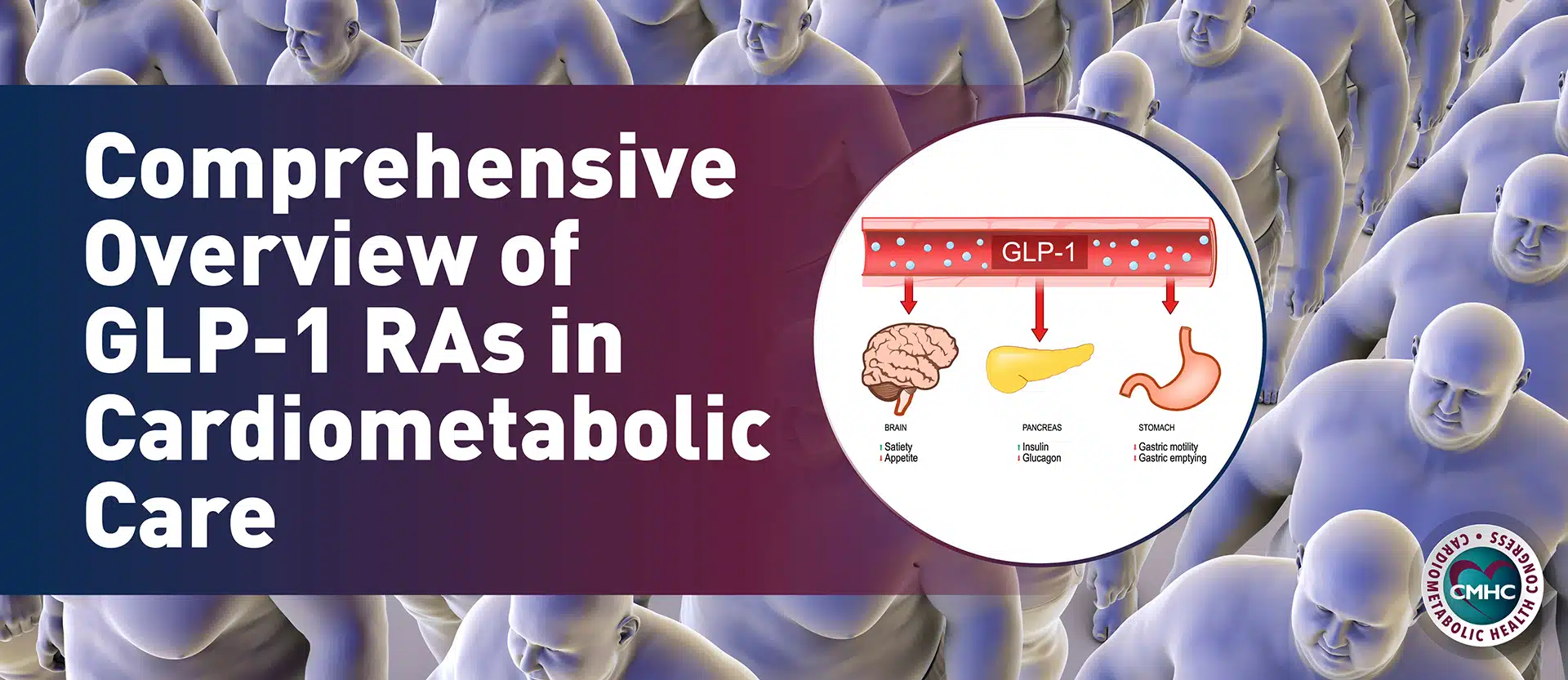A condition termed latent autoimmune diabetes in adults (LADA) is often ignored—as most people, when considering diabetes, think of type 1 or type 2. Type 1 diabetes develops during childhood, when the body is incapable of producing necessary insulin; type 2 diabetes, the most pervasive and commonly diagnosed, is most commonly diagnosed in adulthood, and occurs when the body has a learned resistance to insulin. Yet the third, hybrid form begins to develop in adulthood, and the symptoms are caused by the body not producing insulin: as opposed to a learned resistance. Given that this type encompasses both type 1 and type 2, many clinicians refer to it as type 1.5.
Recently, scientists at the Children’s Hospital of Philadelphia (CHOP) have performed the largest-ever genetic study of this type of diabetes, and discovered new connections to the other major types of diabetes. These new insights and findings likely offer more accurate diagnosis, better treatment, and more precise research surrounding the puzzling condition. The research, which appeared online September 25th in the journal Diabetes Care, revealed clues regarding the genetic influences of LADA. Diana L. Cousminer, PhD, a geneticist at CHOP, stated: “This study lends support to the idea that LADA is a hybrid of type 1 and type 2 diabetes, but doesn’t settle the question of the best way to precisely define the disorder. Correctly characterizing LADA is important, because it may determine whether a patient receives the most appropriate treatment.”
The research represents the first genome-wide association study of LADA, including an international effort: with dozens of co-authors from nine countries. Several of the authors had previously participated in a 2017 study that linked gene variants in LADA to those in T1D and T2D. Both studies determined that the strongest genetic signals in LADA were associated with T1D: the autoimmune form of diabetes that usually presents in childhood, and requires insulin treatment. The more recent analysis also found that genetic signals linked to T2D, the metabolic type of diabetes, more frequently appeared first in adults—and more commonly.
The team established that the strongest genetic signals in LADA were chiefly shared with previously established variants linked to T1D. Yet the researchers unearthed “a novel locus with genome-wide significance near the gene PFKFB3,” a gene that codes for a protein that regulates both insulin signaling and glycolisis, the chemical reaction that yields energy from glucose. Cousminer noted that this finding “points to how variants at PFKFB3 may help to drive LADA,” specifically because the gene’s product impacts both metabolism (a marker of T2D) and regulates inflammation in autoimmune disease (a chief feature in T1D). “This protein therefore appears to sit at the intersection of both major types of disease.”
Rajashree Mishra, co-first author of the current study from CHOP’s Division of Human Genetics and a graduate student in the Perelman School of Medicine at the University of Pennsylvania, notes: “Further study of underlying genetic interactions in LADA may reveal better biomarkers of the disease. Currently, as high as 5 to 10 percent of patients diagnosed as adults with type 2 diabetes may actually be misdiagnosed, and in fact have a late-onset form of autoimmune diabetes. More accurate diagnosis may guide better clinical management. For instance, patients with LADA may require close monitoring, to detect the optimal point at which they require insulin.”


















